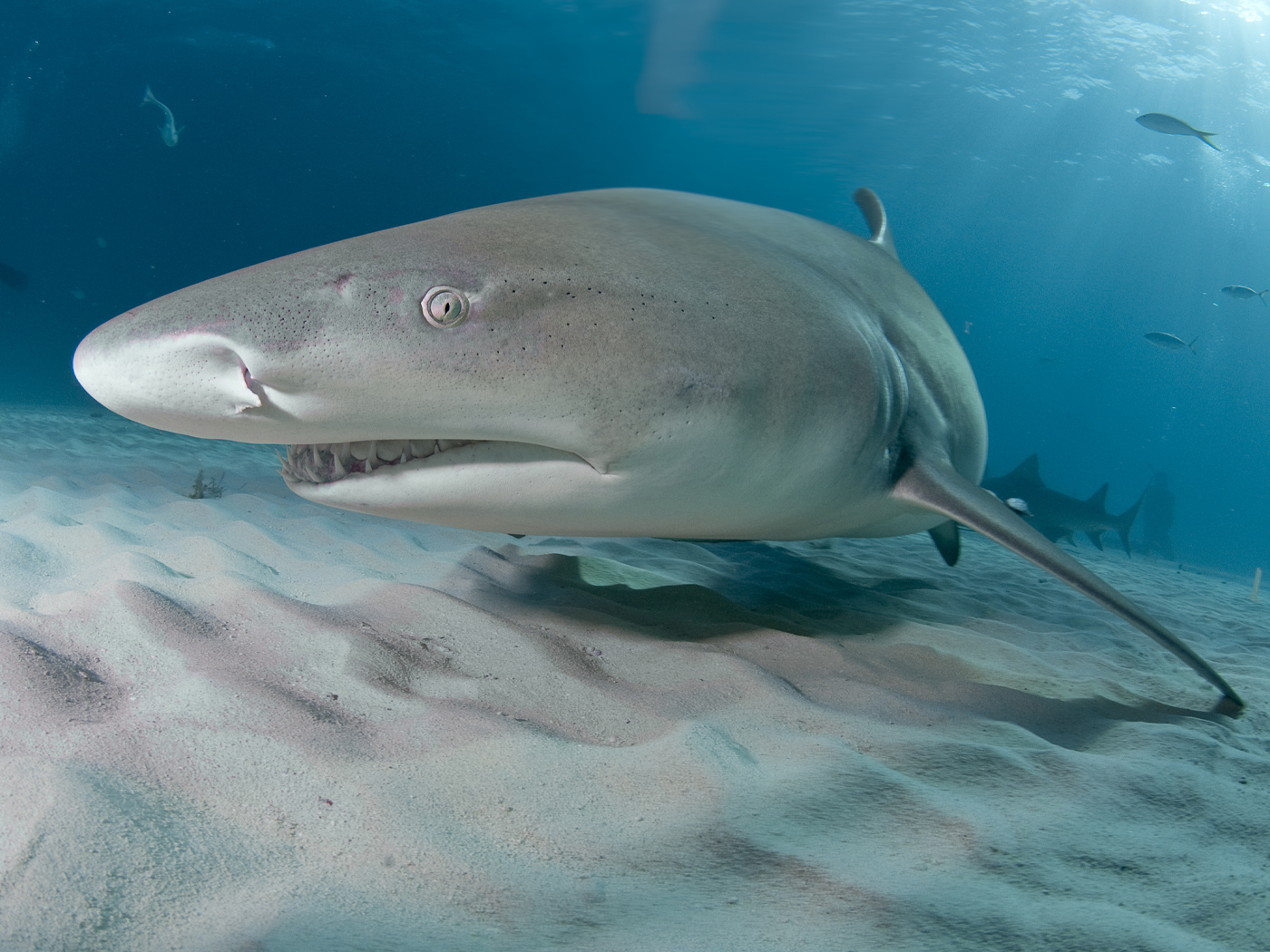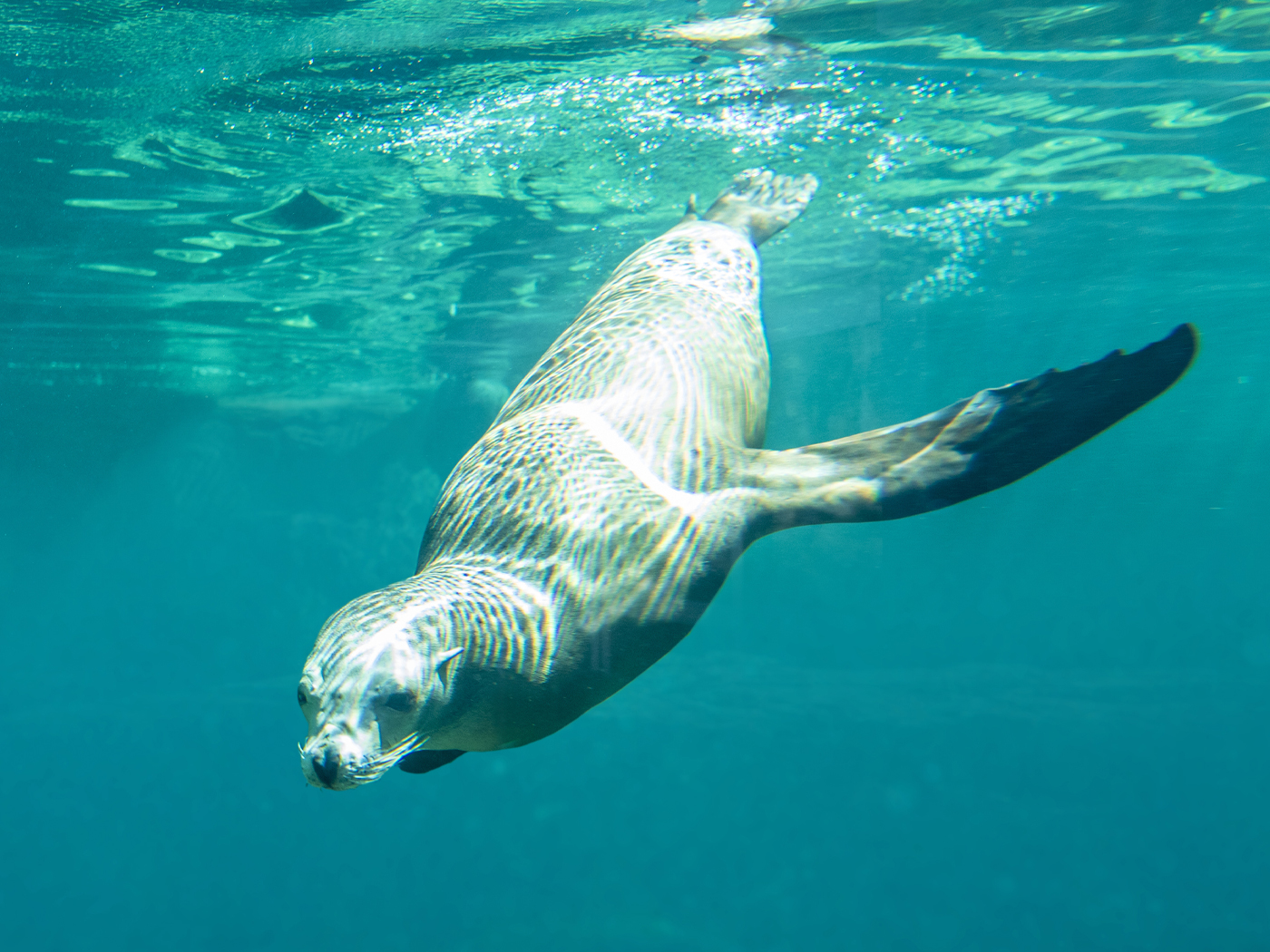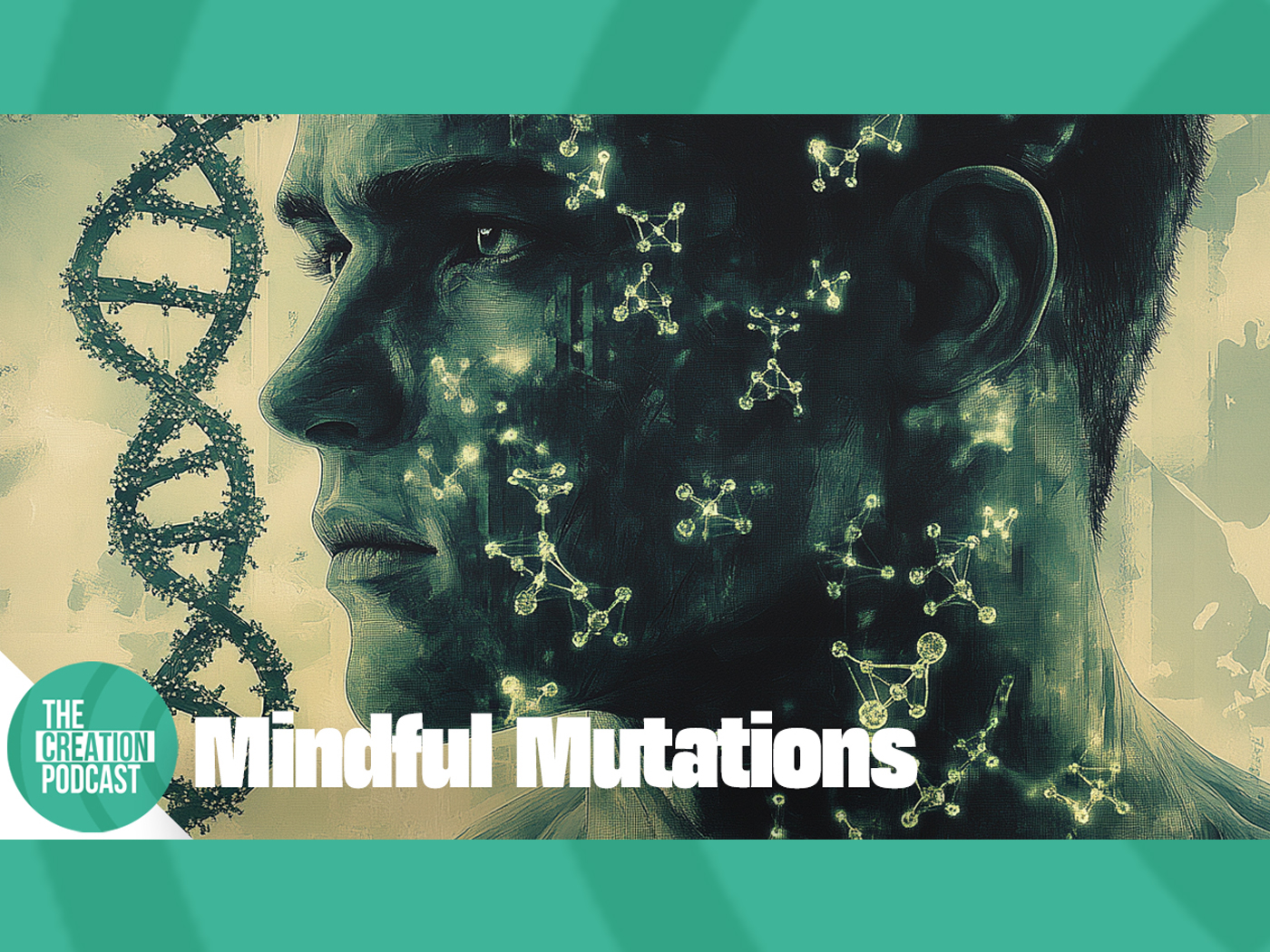Scientists have discovered that a single yeast cell gene (FLO1) expresses a protein that causes individual cells to stick to one another for protection. The cells flocculate, or form clumps “consisting of thousands of cells,”1 with the outside cells sacrificing themselves to protect the inner cells from possible harmful chemicals. These organisms have an obvious programmed behavior that mimics altruism, the principle or practice of unselfish concern for the welfare of others. But could nature have programmed it unaided, and if so, how?
The FLO1 study, published in the journal Cell, proposes that the common yeast “S. cerevisiae is also a model for the evolution of cooperative behavior.”1 The standard and often repeated mechanism for evolution involves “functional intermediates.” In this scenario, there was supposedly a series of mutation-generated biochemicals, each with new, immediately useful applications for those yeast cells. The cells from each step in that long series should be able to exist alone, being more fit than their competitors, and thus, the extant encyclopedias-worth of biological information present in the cells developed from zero information by accident and over vast time.
Functional intermediates are not even plausible when considering man-made machines; each machine is specifically designed (whether elegant or not) to serve a definite purpose. Therefore, it comes as no surprise that these researchers found evidence that the parts comprising the yeast flocculation mechanism must all be present at one time in order for it to function, thus precluding the possibility of functional intermediates. “Investing in the production of costly Flo adhesins [“sticky” proteins] is only useful when there is a sufficient concentration of other cells to form a floc,” the scientists reported.1 They also found that “flocculation is regulated by… tryptophol, as well as by the primary metabolite ethanol. Together, these results reveal a complex and tightly regulated social behavior in S. cerevisiae.”
Thus, without all the parts for this “tightly regulated behavior” in place, none of it would work. To begin with, the gene FLO1 must exist. The array of cellular equipment required to transcribe and translate that gene into a precisely-folded protein must exist. Specific biochemicals must exist that tell each cell whether or not it has joined with a neighbor. Functional intermediates are not observed and are certainly difficult to imagine in sufficient detail to render them even remotely plausible. What is observed is a programmed pattern of behavior that mimics altruism in single cells.
The research is described as showing “that even the simplest organisms are capable of sophisticated social discriminations in nature.”2 However, what it actually shows is that even the smallest organisms are not simple. The Creator’s genius is reflected from atoms to molecules to yeast to ecosystem interdependence to earth’s uniquely life-friendly placement in the universe. And in this case, His knowledge of selfless sacrifice has been hardwired into yeast.
References
- Smukalla, S. et al. 2008. FLO1 Is a Variable Green Beard Gene that Drives Biofilm-like Cooperation in Budding Yeast. Cell. 135 (4): 726-737.
- A single gene leads yeast cells to cooperate against threats. Harvard University press release, November 13, 2008.
* Mr. Thomas is Science Writer.
Article posted on December 1, 2008.













